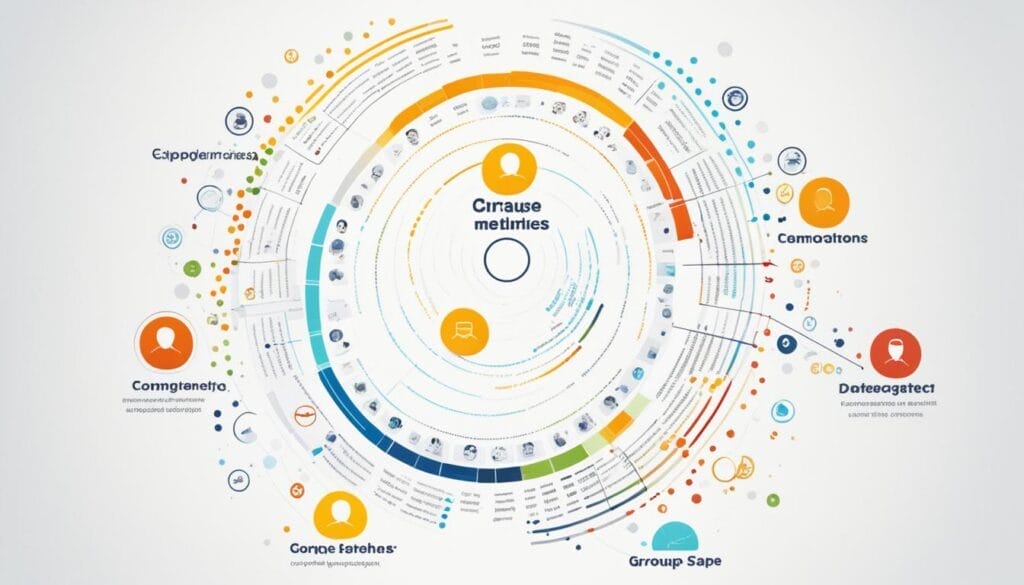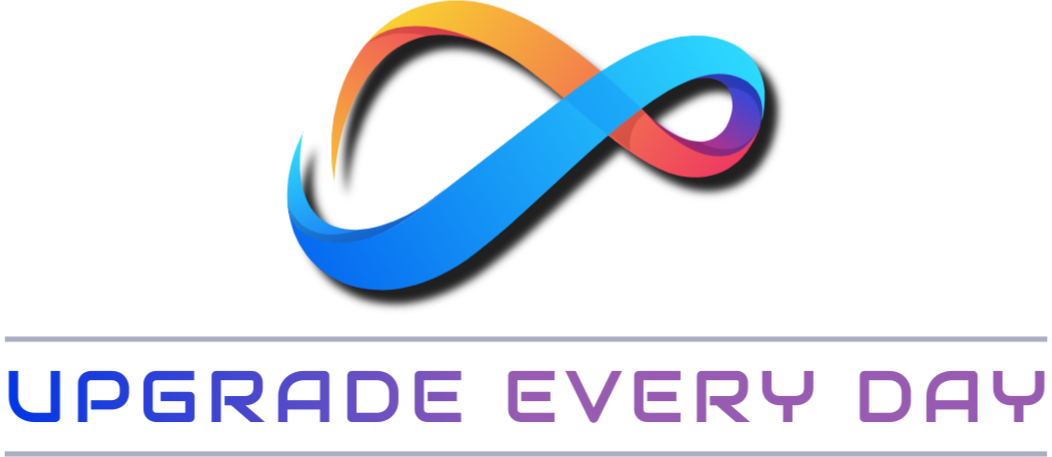Do you know how segmented emails can perform better? They boost open rates and bring in more cash. Industry data shows that splitting your email list brings good results. About 78% of marketers have found this to be true.
By grouping your email list into smaller segments, you send content that matters more. This gets people more involved and makes them more likely to buy.
So in this article, let’s get stuck into email segmentation techniques.
Key Takeaways:
- Email segmentation is a highly effective strategy in email marketing, with 78% of marketers acknowledging its benefits.
- Segmented email campaigns have higher open rates and generate more revenue.
- By dividing your email list based on specific criteria, such as demographics or behavior, you can send targeted and relevant content to your subscribers.
- Email segmentation leads to increased engagement, improved conversion rates, and better results from your email marketing campaigns.
- Implementing email segmentation techniques can greatly enhance the effectiveness of your email marketing efforts.
Why Email Segmentation is Important
Email segmentation boosts your marketing strategy by grouping subscribers. You can then personalise emails to match their interests and needs. This approach improves engagement and targeting, yielding a higher return on investment (ROI).
With segmentation, you send content that’s just what each subscriber wants. This more personal connection means people are more likely to engage with your brand. It can heighten loyalty too.
Segmentation helps you know who’s more likely to buy from you. Once you understand your audience better, you can craft messages that directly speak to them. This increases the chance of your marketing hitting its mark.

This approach isn’t just about making more sales. It’s about sending emails that matter to each person. Tailored messages can make someone feel seen and understood. This boosts not only sales but also how people view your brand.
“Email segmentation enables marketers to refine their messaging based on the unique characteristics of their audience, leading to higher engagement and increased customer loyalty.”
By segmenting, you can see which groups are most successful for you. This lets you figure out which segments are giving you the best return. Knowing this helps you spend your energy and money more wisely.
Email segmentation is key if you want your marketing to do well. Sending relevant content, improving your focus, and boosting engagement can lead to more sales. It’s the key to unlocking success in your email campaigns.
| Email Segmentation Benefits | Key Advantages |
|---|---|
| Improved targeting | Deliver relevant content to specific segments |
| Higher engagement | Increase customer interaction and loyalty |
| Increased ROI | Maximise campaign effectiveness |
| Optimised resource allocation | Focus efforts on high-value segments |
Different Types of Email Segmentation Techniques
Email segmentation lets you break your list into smaller groups. These groups share certain criteria. It helps you send emails that are more relevant to your subscribers.
Demographic Segmentation
This way of segmenting is called demographic segmentation. It groups subscribers by their personal details like age or location. With this info, you can create emails that meet their specific needs.
Geographic Segmentation
Geographic segmentation works well for businesses with location-specific services. It helps you send emails that matter to subscribers in a particular area. This makes your messages much more relevant to them.
Customer Lifecycle Segmentation
Customer lifecycle segmentation assigns subscribers to different stages of their buying process. It allows you to send the right messages at the right time. For new subscribers, you might send welcome emails. For lost customers, you could send re-engagement offers.
Purchase History Segmentation
Purchase history segmentation looks at what your customers have bought. This info helps you create personalised offers. For example, you could suggest related products to someone who has bought from you before.
Engagement-Based Segmentation
Engagement-based segmentation sorts subscribers by how they’ve interacted with your emails. High open rates or clicks can signal a very engaged subscriber. You can send offers that encourage them to stay active. For those who are less active, you might send a ‘we miss you’ email.
Using these email segmentation techniques can really boost your email marketing. It makes your emails more personal and relevant. This, in turn, can increase how many people open and click on your emails.

Practical Tips for Email Segmentation
Email segmentation can work wonders for your marketing. To get started, here are some handy tips:
- Lead Magnets: Use attractive lead magnets to get people to sign up. They not only attract subscribers, but also give you insights into what they like. This info helps you send content that hits the mark with your audience.
- Welcome Emails: Make your welcome emails stand out. They should introduce new subscribers to your brand. Also, gather more info on their interests and preferences through these emails.
- Behavioural Segmentation: Look at what your customers actually do. Whether it’s leaving items in a cart or the pages they visit, this info is gold. It helps you send messages that are spot on for each group.
- Cart Abandonment Emails: Don’t miss the chance to win back lost sales. Craft special emails for those who left without buying. These can remind them of their interest and offer reasons to come back.
- Re-engagement Campaigns: Bring back those silent subscribers. A dash of value or special deals can do the trick. Sorting them out by how engaged they are lets you send messages they’re more likely to act on.
With these easy-to-follow tips, you can do email segmentation like a pro. This boosts the impact of your emails, making your marketing strategy more effective.
Customer Testimonial
“Segmenting our emails has truly changed how we do business. Our emails are more personal and on point, and our customers are responding. It’s led to more sales and cheers from our loyal shoppers.”
– James Smyth, Marketing Director
Summing Up
Email segmentation is key for great email campaigns. With personalised and targeted strategies, businesses see more engagement. This means more people open and click your emails.
The result? Better success from your campaigns.
There are many ways to slice up your email lists. You can look at things like where people live, their age, what they’ve bought, or how long they’ve been a customer.
Mixing these approaches helps you talk to each group in their language.
To attract subscribers, consider using lead magnets. These are freebies that catch people’s attention. Start with welcome emails to show new followers what your brand is about.
You can also use behaviour analysis to find customers showing interest but not buying. For those who’ve stopped engaging, try re-engagement emails. They might just need a little nudge to come back.
Good email marketing is all about targeting your message to the right people. By grouping your audience and tailoring messages, you make your emails more valuable.
This leads to better connections and, ultimately, more sales. Make your campaigns unforgettable with these tips.

FAQ
What is email segmentation?
Email segmentation means splitting an email list into smaller parts. You do this based on different things like age, location, or what people buy.
Why is email segmentation important?
It’s key to sending the right message to the right person. This makes people more interested. It also boosts how many people stay with you and buy from you.
What are the different types of email segmentation techniques?
There are many ways to split your list. You can use things like where someone lives, what they’ve bought, or how they’ve interacted with your emails.
How can I effectively implement email segmentation?
Start with something they need, like a free guide. Then, you group them by this interest. Your first welcome email should tell them about your brand and begin this grouping. After, see what they do on your site. This lets you send emails that really speak to them.
What are the benefits of email segmentation?
Breaking your list down this way makes your emails hit home. People are more likely to open them and click through. You’ll also see better results from your marketing efforts, with a higher return on investment.





